Uber Eats couriers receive grocery orders, go to stores to collect and then deliver them to customers’ doorsteps. So why not have them do the other laborious part of the process – picking the items from shelves – too?
Now they will be, after Uber announced the launch this week of its ‘Courier Pick & Pack’ service in the UK. The model will see riders pick order items from shelves, weigh fresh produce, select substitutions and then queue up and pay for everything (using credit on Uber’s ‘Plus’ card or their own money) before travelling to the customer’s home.
On the face of it, the offering makes good sense for retailers, both big and small. Individually staffed small independents – after cataloguing their range on the app – can “unlock quick commerce pretty much overnight” Susan Anderson, Uber VP of grocery & retail, told The Grocer, without the need to step away from the checkout to pick orders. Meanwhile, larger stores can turn on the offering at the busiest times to ensure staff aren’t distracted from serving in-store customers.
But is simply getting couriers to do the picking the panacea promised?
Picking is not easy, even for store staff who know the shop floor inside out. It requires the precision and care of The Cube but with the speed and intensity of Supermarket Sweep.
Uber has introduced tools to help couriers to pick efficiently. The app will tell them where in the store – an aisle and shelf number – to find each product, and they’ll be required to verify each item has been picked correctly by scanning its barcode. If they have picked and scanned incorrectly, machine learning algorithms in the background will inform them of the likely mistake – for example the wrong pack size or variant.
Uber Eats pick, pack and pay in stores
It’s not unlike the software supplied by the aggregator apps and already used by store staff to put together orders. But asking a courier to work it just as well might be hopeful. And they’ll be further hampered by Uber Eats making it possible for consumers to specify the required ripeness of fresh produce (a few in-app ‘tips’ for riders will only go so far) and make last-minute additions and subtractions from their grocery basket. All of which requires a reliable data connection for the courier’s phone (unlike the wi-fi connected devices used by staff).
“Imagine someone who doesn’t know the store layout arriving at a supermarket who then strives, in among customers and the current online pickers, to find all the items required,” says former M&S retail operations director Chris Taylor. “Almost certainly some will be in a different location that the app directs them to, or be out of stock, or maybe not on shelf but in the backroom. Then they have to see if the ‘recommended substitute’ is available…once they find where it is supposed to be.”
“It’s probably the most unproductive operational method I’ve seen for years,” Taylor adds.
Uber says many of the couriers doing the picking will be regular customers of the stores anyway, and will pride themselves on making the personal shopping service’s customers satisfied. But that might be wishful thinking.
The aggregator apps are awash with riders using rented accounts, many of whom have recently arrived from overseas. Uber was among several delivery platforms strong-armed by government in April to introduce “enhanced security checks” after pressure from the Home Office to do more to stop their apps “being abused by illegal workers”.
As one Uber Eats rider told The Grocer: “Half the people I meet recently doing deliveries can just about read the order numbers out. Can’t wait to see what ends up in a shopping basket.”
And as a store manager explained: “We can’t even get the drivers to pick up the correct bags that have already been picked for them.”
Do pickers clog up supermarkets?
Having accepted the order, couriers will be against the clock, if they want the compensation to reasonably cover the time involved – hardly conducive to a carefully picked and packed order.
And what about the customers in the store?
Supermarket staff pickers clogging up the aisles is an oft-heard grumble from in-store shoppers already. Adding courier pickers to the mix is likely to make the complaint more common. They’re likely to be less courteous given their own time challenge, and unlike staff pickers, unable to help customers when required. Anderson told The Grocer most couriers would be indistinguishable from a normal shopper. But them frantically scanning items with an Uber Eats cool-bag on their back might be a giveaway.
If the model sounds familiar, it’s because it is. Instacart has been doing the same in the US for several years – and there the issue has led to retailers banning Instacart shoppers from store car parks and congregating outside.
“There is no value in Uber Eats becoming an Instacart clone,” says quick commerce expert and former Amazon executive Brittain Ladd. “I can state with 100% certainty that the worst thing Uber Eats can do is rely on couriers to shop, buy and deliver groceries. The model is too inefficient and costly.”
Of course, it’s easy to pick holes in Uber Eat’s new courier pick model. It will take a major grocer to adopt it to truly stress test if it makes sense for retailers, couriers and customers. Partnerships are promised soon. But if it’s to be a success there’s a lot to get right.


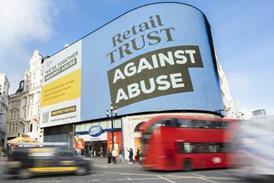

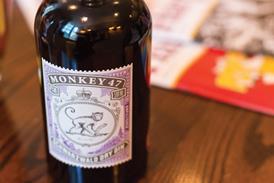
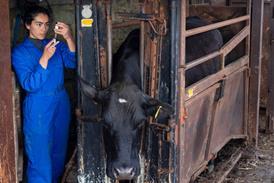
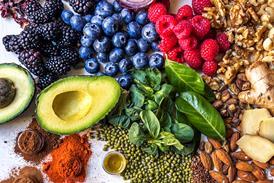






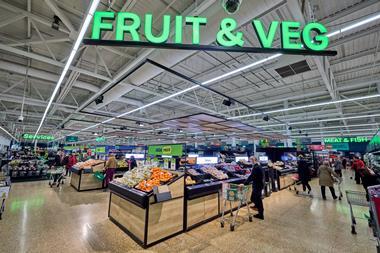
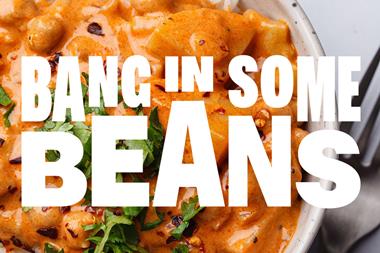

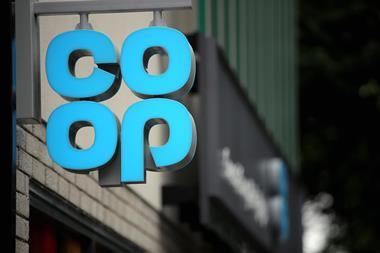

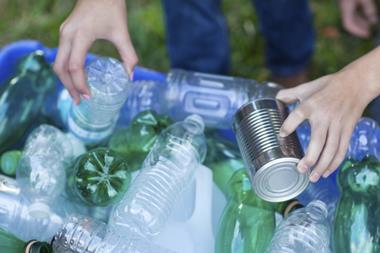


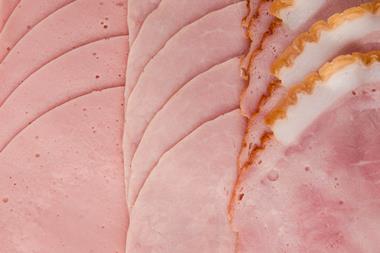
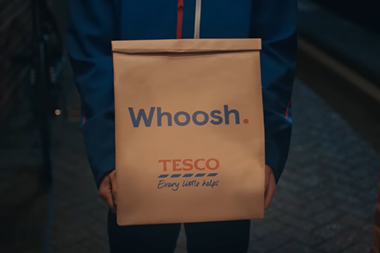


No comments yet